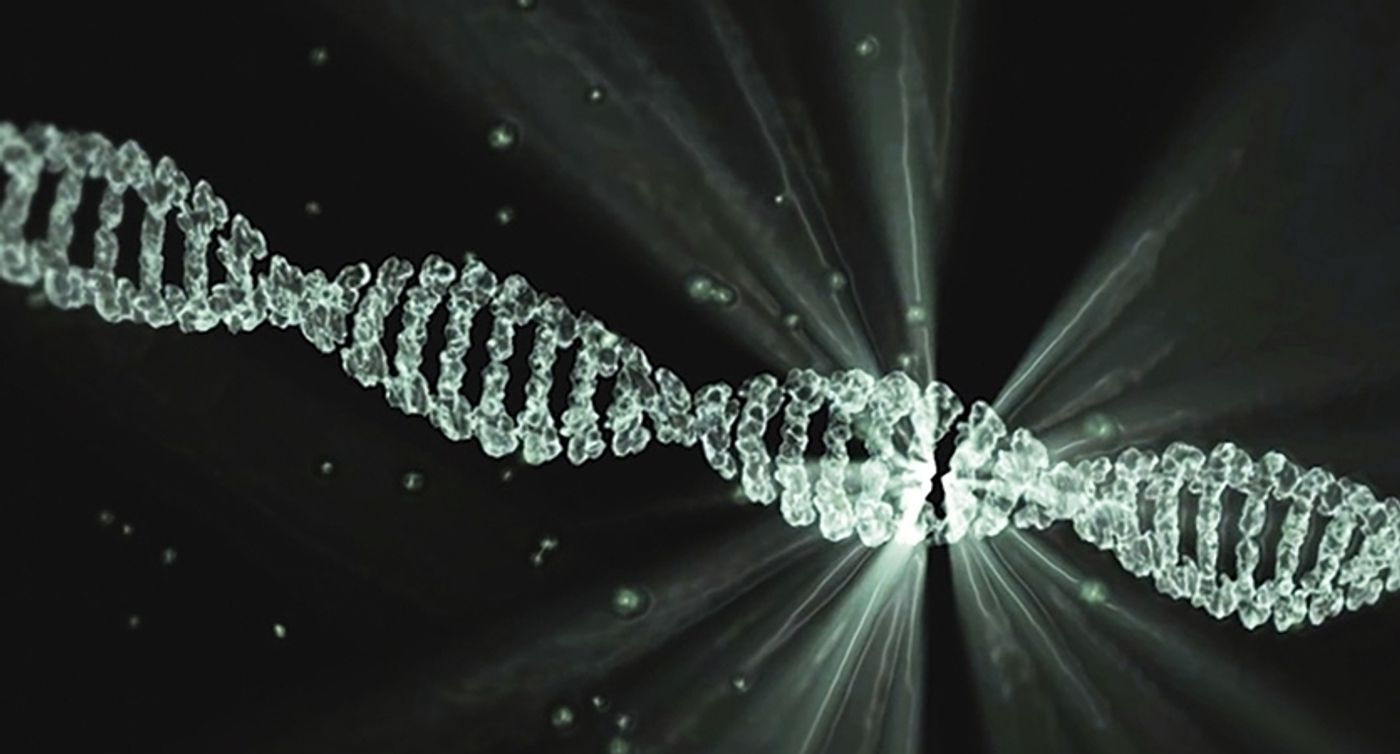Mutant sheep bred to help scientists understand rare child brain disease
Scientists at Edinburgh University’s Roslin Institute have created a flock of sheep that carry the gene for a heritable brain disorder in humans called Batten disease. The condition usually starts in childhood and is fatal – patients often pass away within a few years of diagnosis.
Batten disease is inherited from two carrier parents, meaning that each parent must possess a rare recessive gene mutation. The mutation interferes with lysosomes, which dispose of cell waste. Children with two copies of the gene suffer from vision loss, impaired cognition, and limited mobility; followed by seizures and premature death.
Researchers acknowledge that the approach is controversial because it requires breeding animals that will succumb to the disease, but they emphasize that the ultimate goal is to treat the condition in humans. “We have deliberately re-created the condition in a large mammal because sheep have a brain of a similar size and complexity to that of a child,” said Dr. Tom Wishart, project leader. “That means treatments we test on them are much more likely to be relevant to humans than those tested only on cell cultures or mice and rats.”
Dr. Wishart and colleagues used the novel gene-editing technique CRISPR-Cas9 to insert the Batten disease gene CLN1 into the sheep genome. “We collected sheep embryos from the abattoir,” Wishart said. “Then we fertilized them and added CRISPR reagents to alter their genetic structure before implanting the embryos into a surrogate sheep’s uterus.”
Three sheep were born and showed many symptoms of Batten disease, including changes in behavior and brain size. “The progress of the disease in sheep closely resembled its development in children,” said Wishart.
Researchers are now working on treatments for Batten disease, including gene therapy in which healthy genes are inserted into the mutated genomes. These techniques are primarily being developed using cell culture and research on rodents. If scientists do not use these few larger animals to refine discoveries, all the early work could lose its translational value - it would be wasted.
“It is a terrible necessity – to reproduce such a condition. However, we are talking about using maybe only 10 or so animals for this research with the ultimate aim of finding treatments that could add years to the lives of young patients,” said Wishart.
Source: The Guardian










